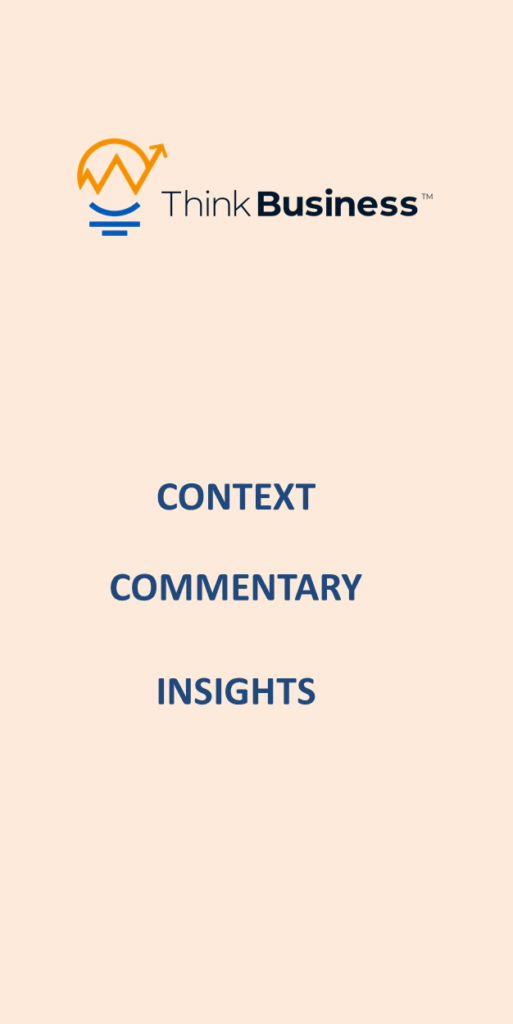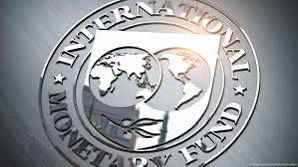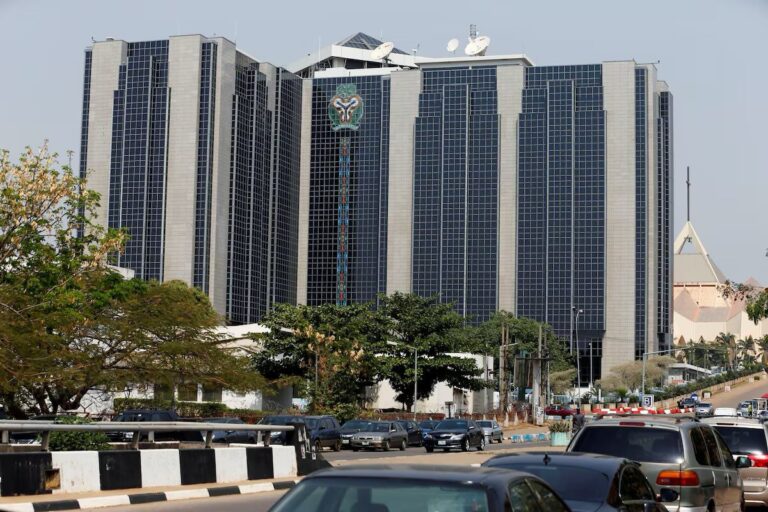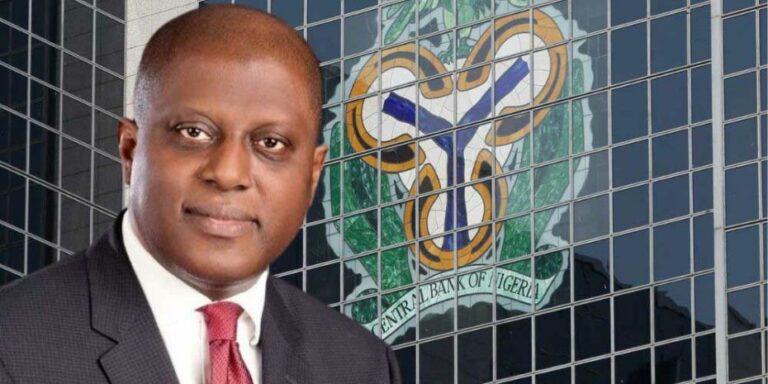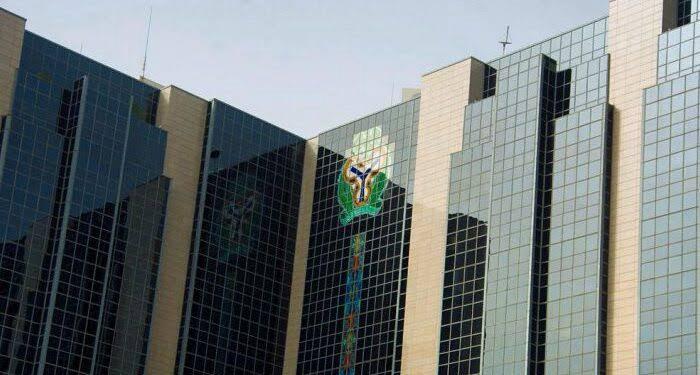A new report from Moody’s Global Credit Ratings reveals on Monday that South Africa, Kenya, and Nigeria face ongoing challenges with high borrowing costs, despite having substantial funding needs for development. The report, titled “Credit Conditions – South Africa, Kenya and Nigeria,” highlights structural weaknesses in these sub-Saharan African economies that are keeping debt costs elevated and hindering development.
In South Africa, despite having “deep financial markets and sound economic policies,” borrowing costs are still higher than in many other major emerging markets. This is largely due to “economic and fiscal constraints”. The report noted.
“Without improvements, South Africa risks continuing a negative spiral in which high interest rates aimed at attracting inflows amid subdued growth limit domestic investment and further hinder economic prospects”. Moody noted.
South African banks, however, have been able to “maintain stable net interest margins of 3% since 2022” by “quickly repricing assets, effectively offsetting increased funding costs”.
Kenya’s situation is characterized by “sometimes uncertain policies and shallow markets”. The report notes that the East African country’s “limited domestic savings and a large informal economy constrain market depth”.
As a result, corporate access to debt markets is “highly restricted” and banks are the primary source of credit, though they sometimes face “policy uncertainty”. High government funding needs in Kenya also “crowd out private-sector fixed-income investment”.

For Nigeria, “high inflation and limited domestic savings” are the main drivers of high borrowing costs. While the government and banks have managed to “mitigate high market borrowing costs through lower-cost funding sources,” nonfinancial companies are more vulnerable to the high rates.
The report states that recent reforms in Nigeria aim to “establish robust financial markets, especially for foreign exchange, and strengthen monetary policy transmission channels but are starting from a low base”. It concludes that future efforts to “deepen financial markets, boost confidence and tackle corruption could gradually lower borrowing costs in local currency”.




